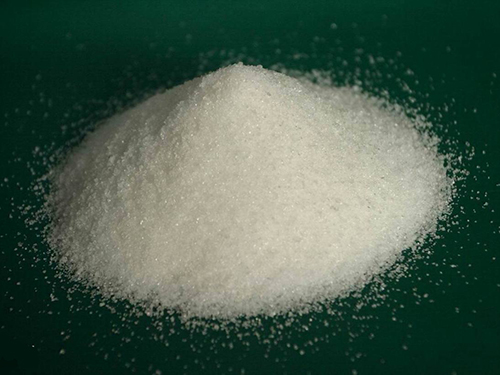coagulation and flocculation in water treatment
The Role of Coagulation and Flocculation in Water Treatment
Coagulation and flocculation are vital processes in water treatment that play a critical role in ensuring the delivery of clean, safe drinking water. These processes involve the aggregation of suspended particles in water to form larger clusters, or flocs, which can then be easily removed from the water.
The process of coagulation begins with the addition of chemical coagulants, such as aluminum sulfate or ferric chloride, to the water. These coagulants neutralize the surface charge of the suspended particles, allowing them to come together and form larger aggregates. Without coagulation, the fine particles remain suspended in the water due to their negative charges, which repel one another.
Once coagulation occurs, the next step is flocculation. This process involves gently stirring the water to encourage the newly formed particles, or flocs, to collide and stick together, forming even larger aggregates. Flocculation usually takes place in a designated mixing basin where controlled agitation facilitates the growth of flocs without breaking them apart. The gentle mixing is crucial; too much agitation can break up the flocs, while too little can prevent them from forming.
The size and density of the flocs are essential for the subsequent removal processes, such as sedimentation and filtration. Larger and denser flocs tend to settle more quickly, making them easier to remove from the water. This is particularly important in the sedimentation phase, where gravity plays a significant role in separating the solid material from the treated water.
coagulation and flocculation in water treatment

After sedimentation, the clear water is typically subjected to further filtration processes, which may include sand filtration, membrane filtration, or carbon filtration to remove any remaining particles and contaminants. The combined effects of coagulation, flocculation, and filtration effectively reduce turbidity, color, and microorganisms in the water, resulting in a higher quality end product.
Furthermore, the use of coagulation and flocculation is not limited to drinking water treatment. These processes are also employed in wastewater treatment facilities to remove suspended solids and reduce pollutants before discharge into natural water bodies. By efficiently treating both drinking water and wastewater, these processes contribute to environmental protection and public health.
In recent years, advancements in technology and chemistry have led to the development of more efficient coagulants and innovative flocculation methods. Research continues to explore eco-friendly alternatives, aiming to reduce the environmental impact associated with traditional chemical treatments.
In summary, coagulation and flocculation play indispensable roles in water treatment by facilitating the removal of suspended particles and ensuring the safety and quality of drinking water. As water scarcity becomes an increasingly pressing global issue, optimizing these processes will be crucial for sustainable water management and public health protection. Effective water treatment methods are essential not only for meeting current demand but also for addressing future challenges in water resource management.
-
Water Treatment with Flocculant Water TreatmentNewsJun.12,2025
-
Polymaleic AnhydrideNewsJun.12,2025
-
Polyaspartic AcidNewsJun.12,2025
-
Enhance Industrial Processes with IsothiazolinonesNewsJun.12,2025
-
Enhance Industrial Processes with PBTCA SolutionsNewsJun.12,2025
-
Dodecyldimethylbenzylammonium Chloride SolutionsNewsJun.12,2025





